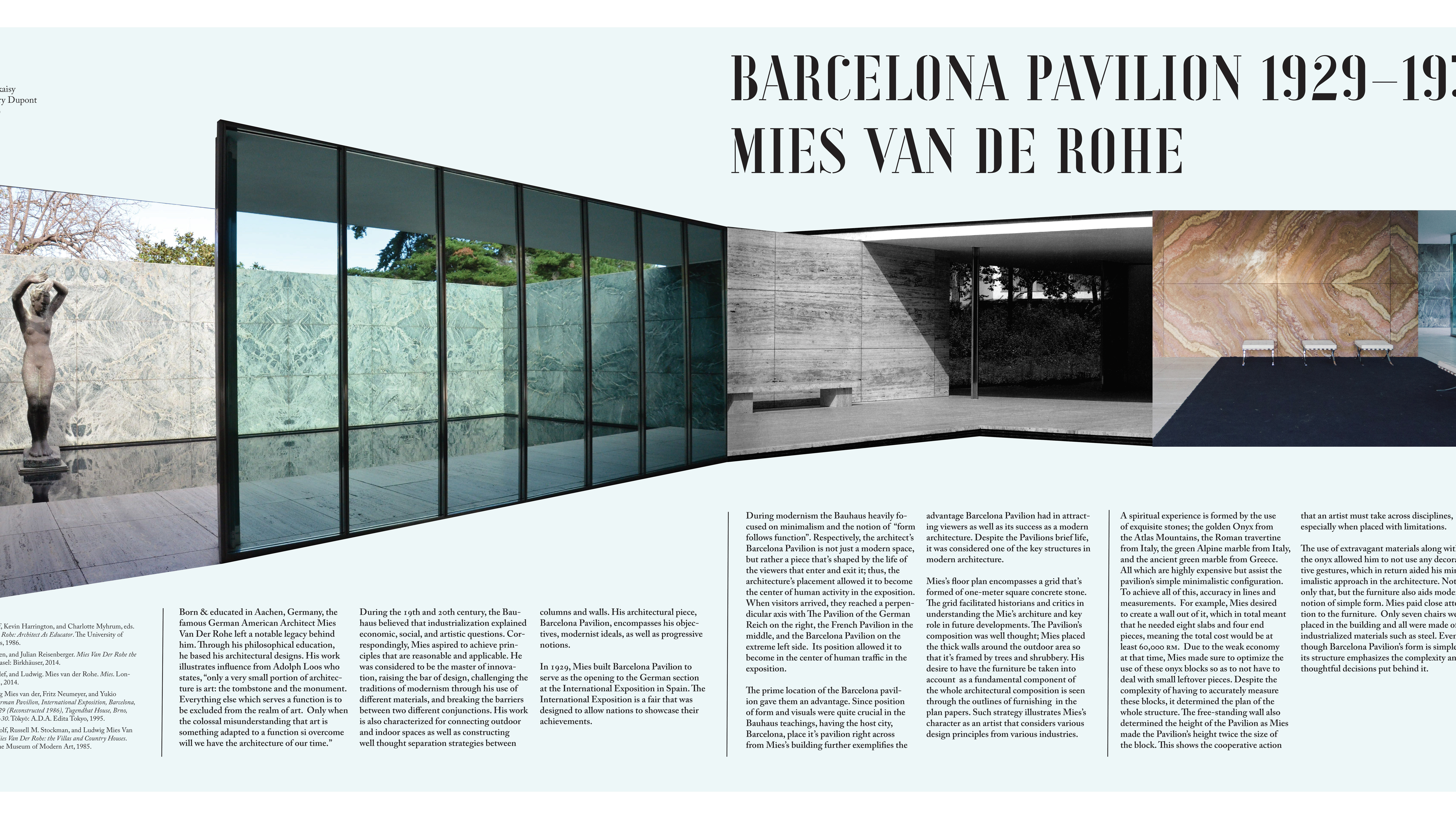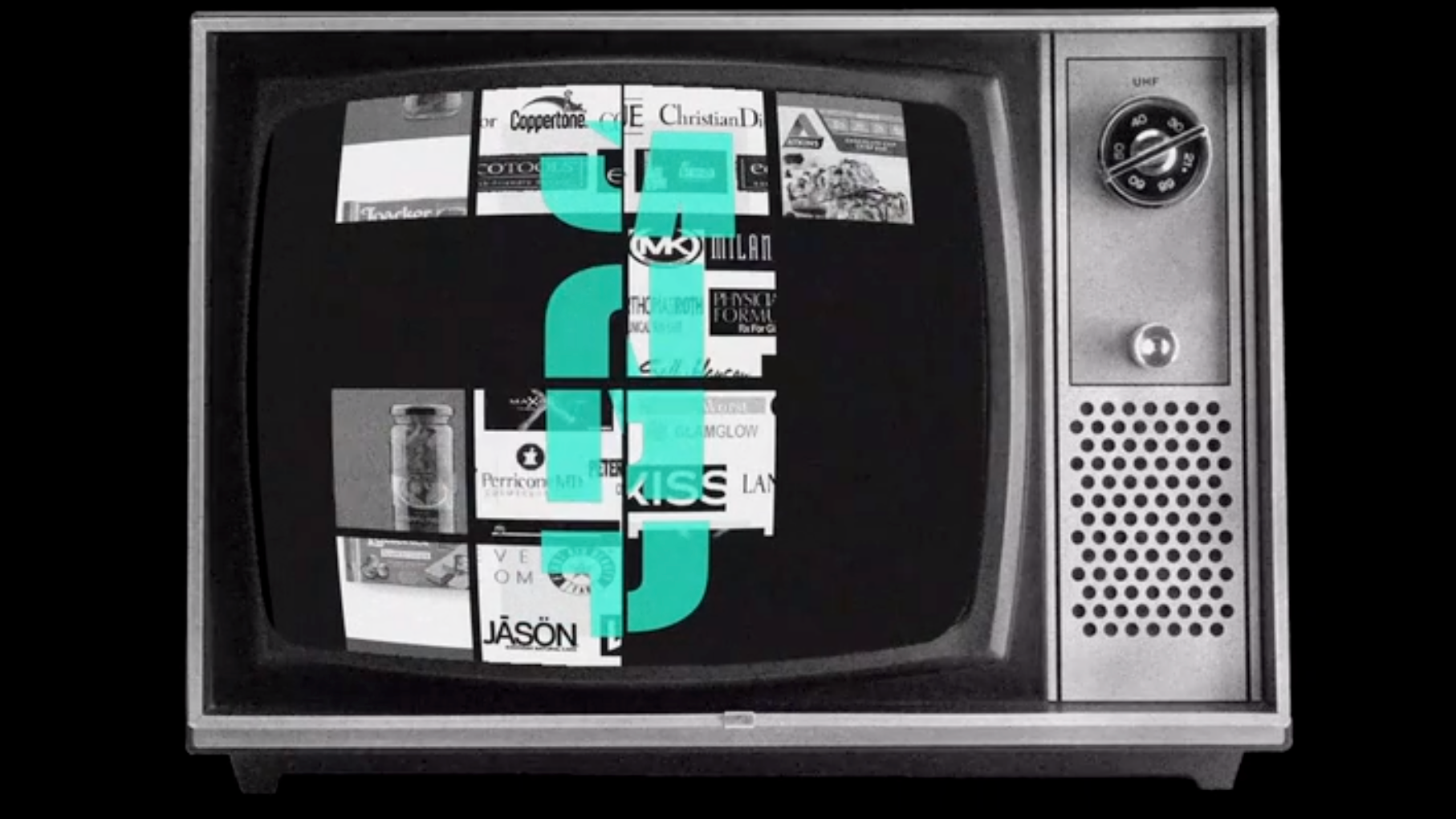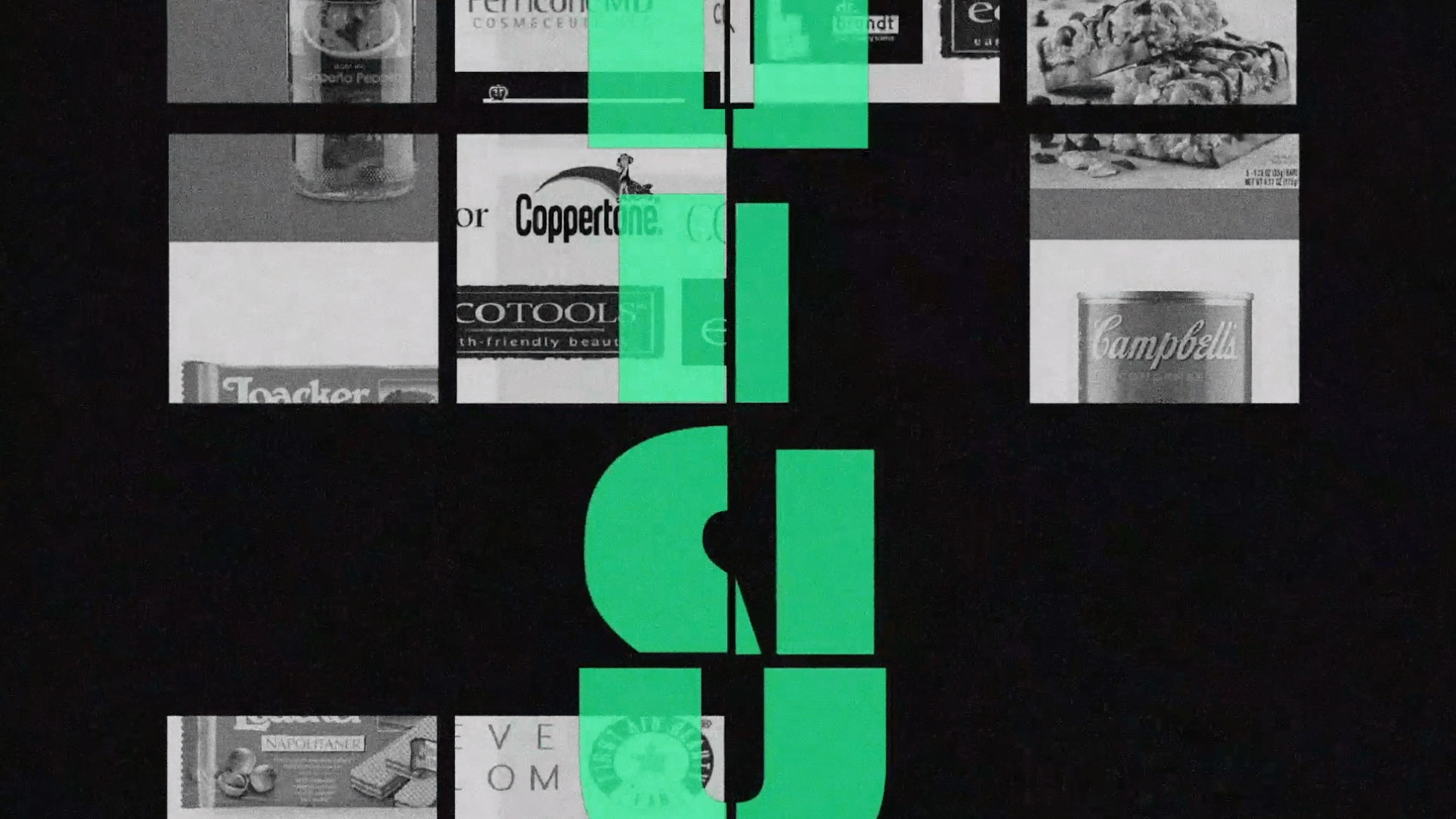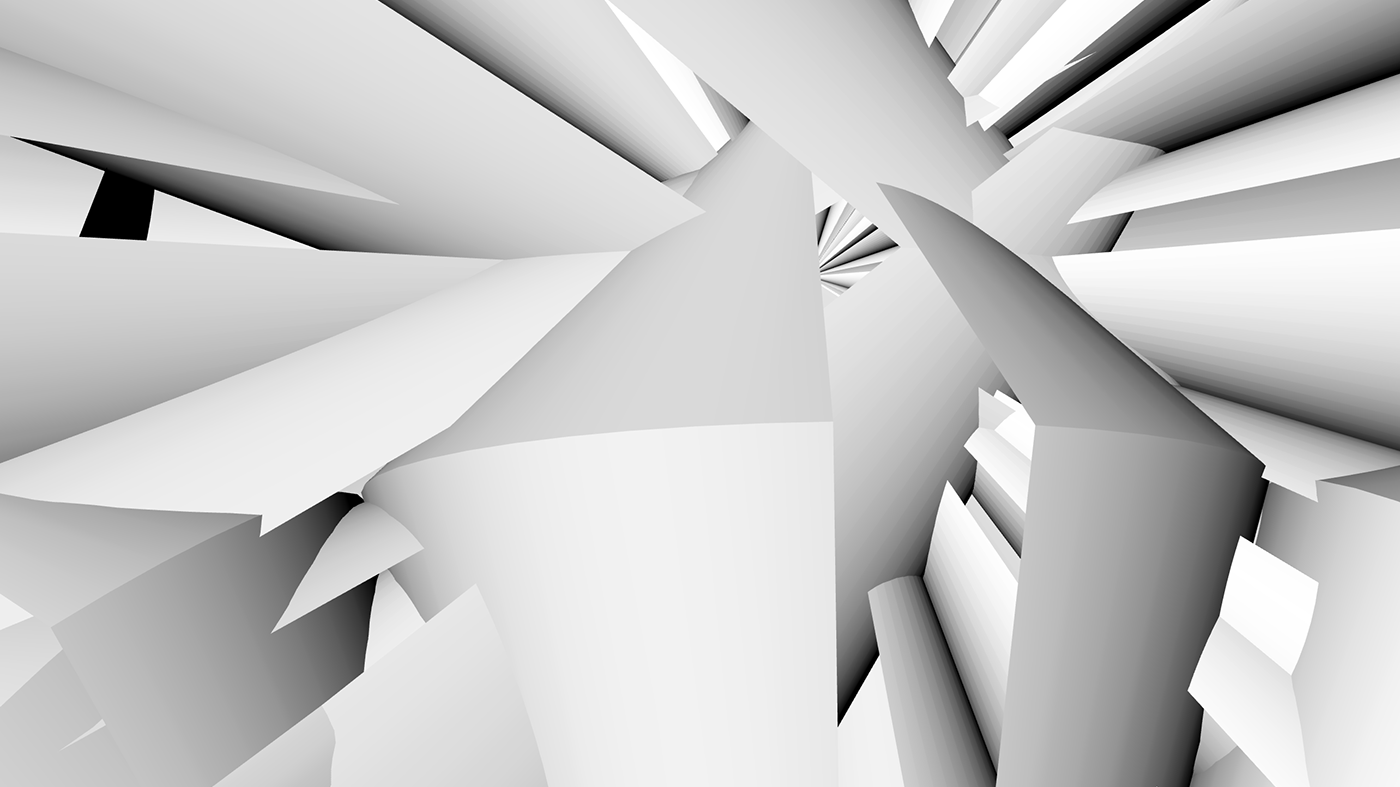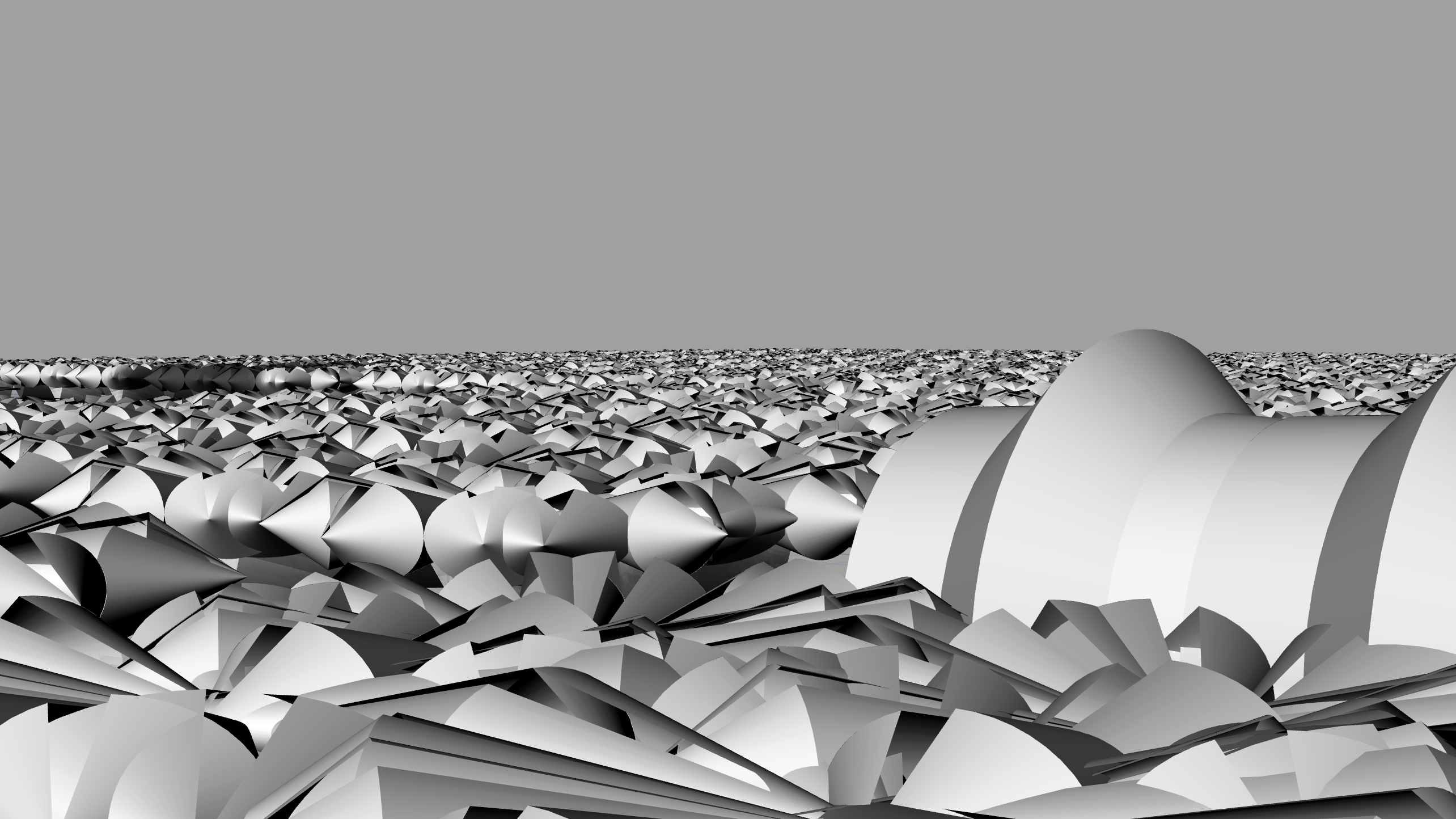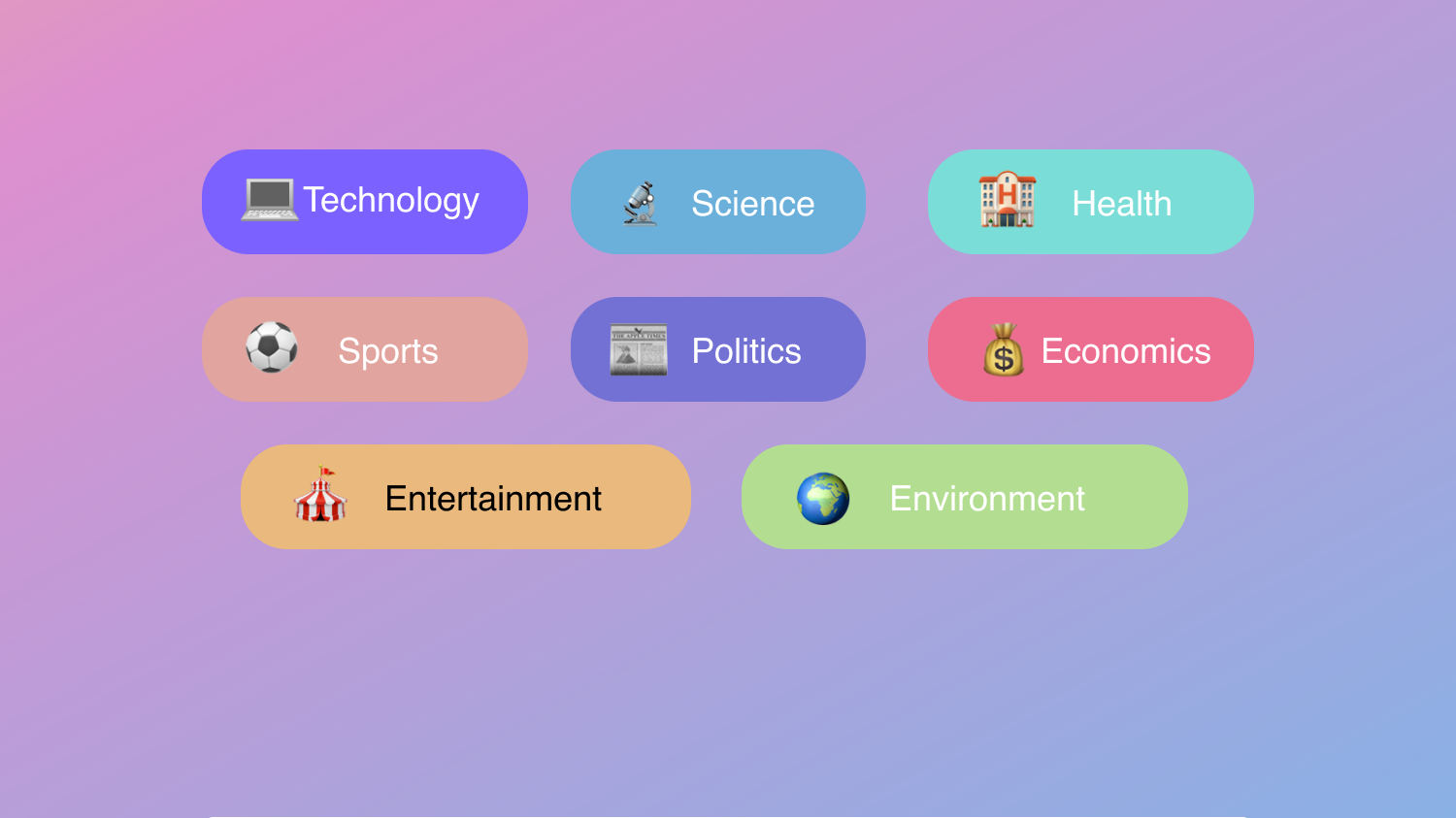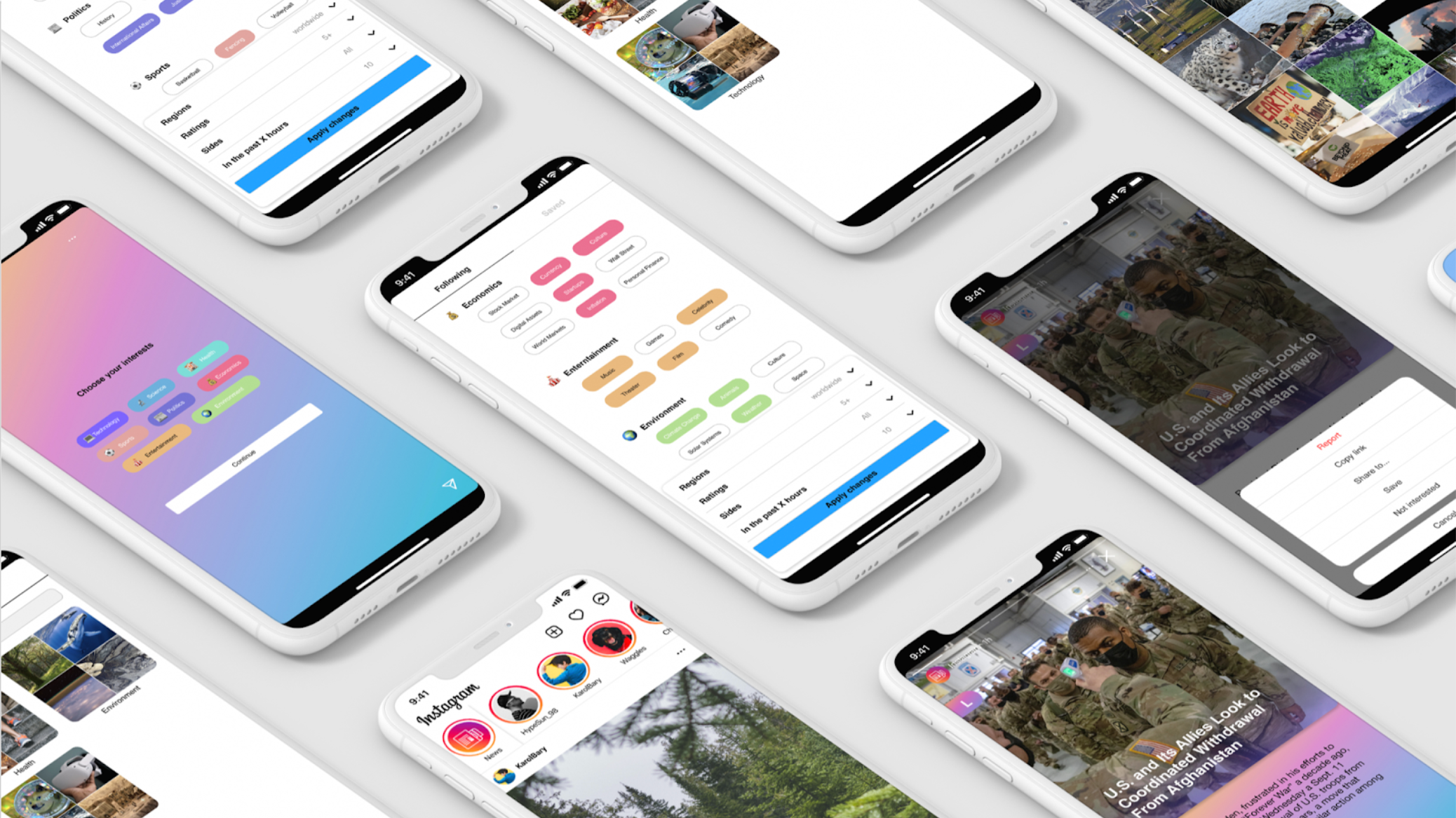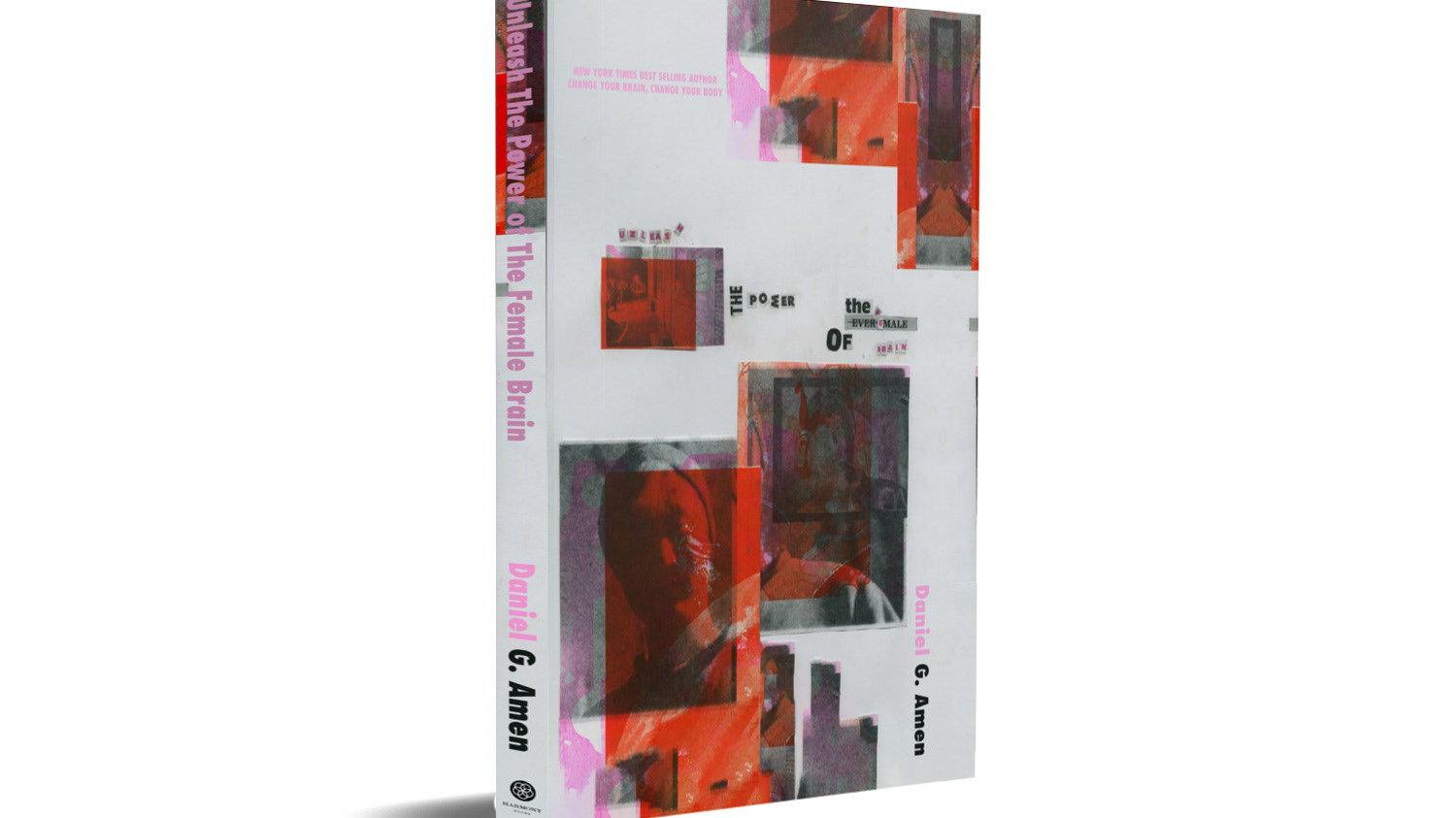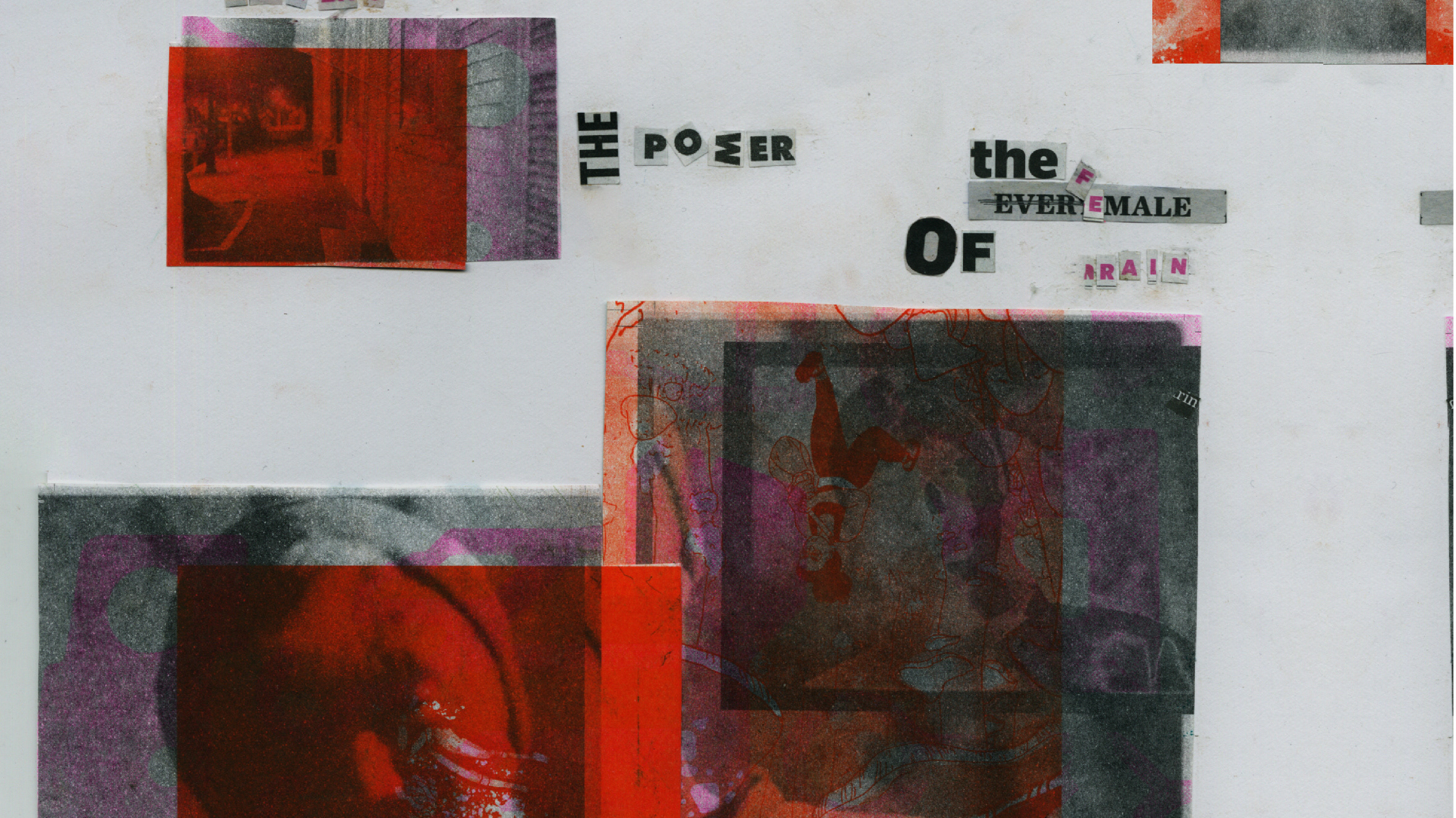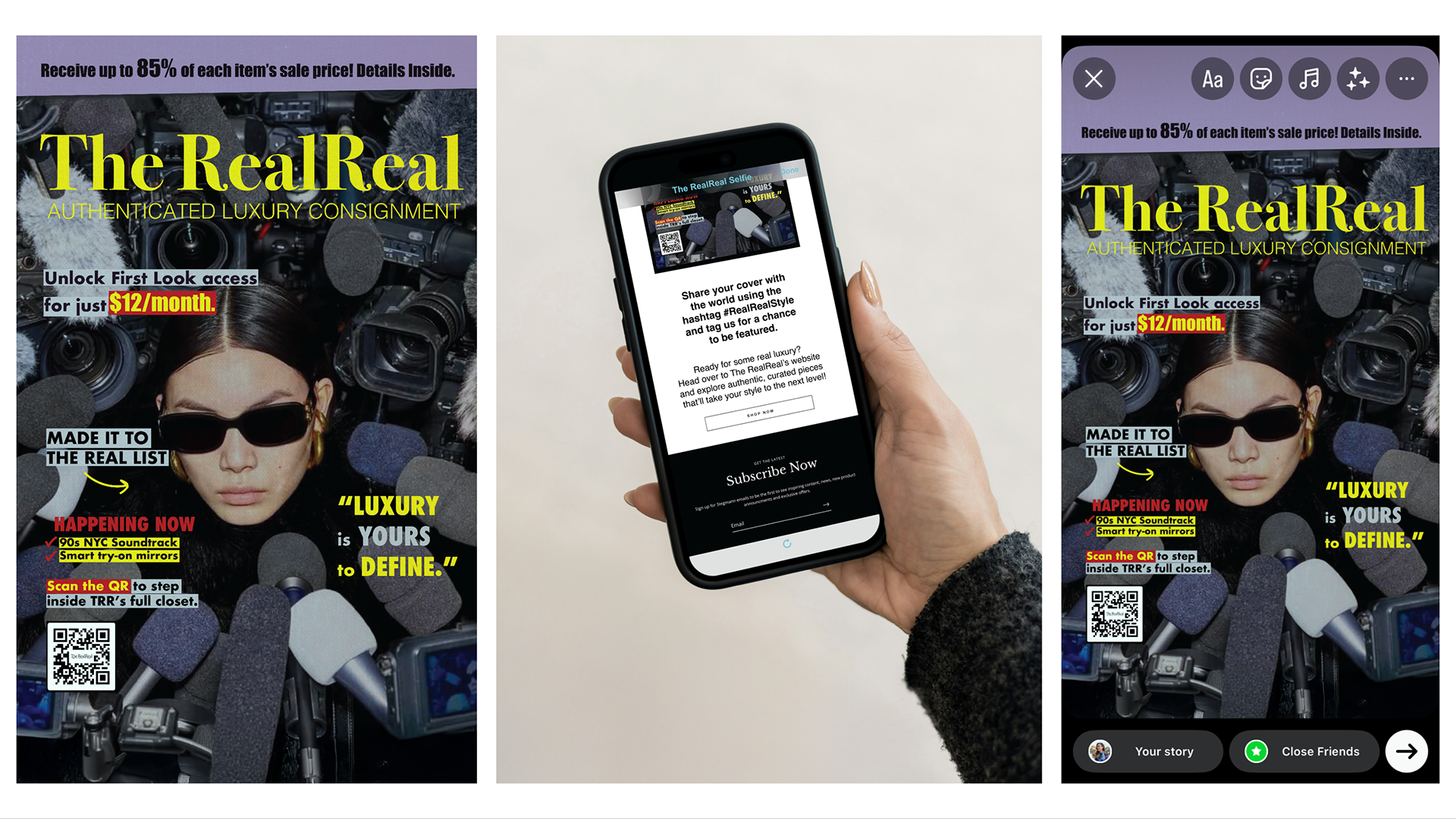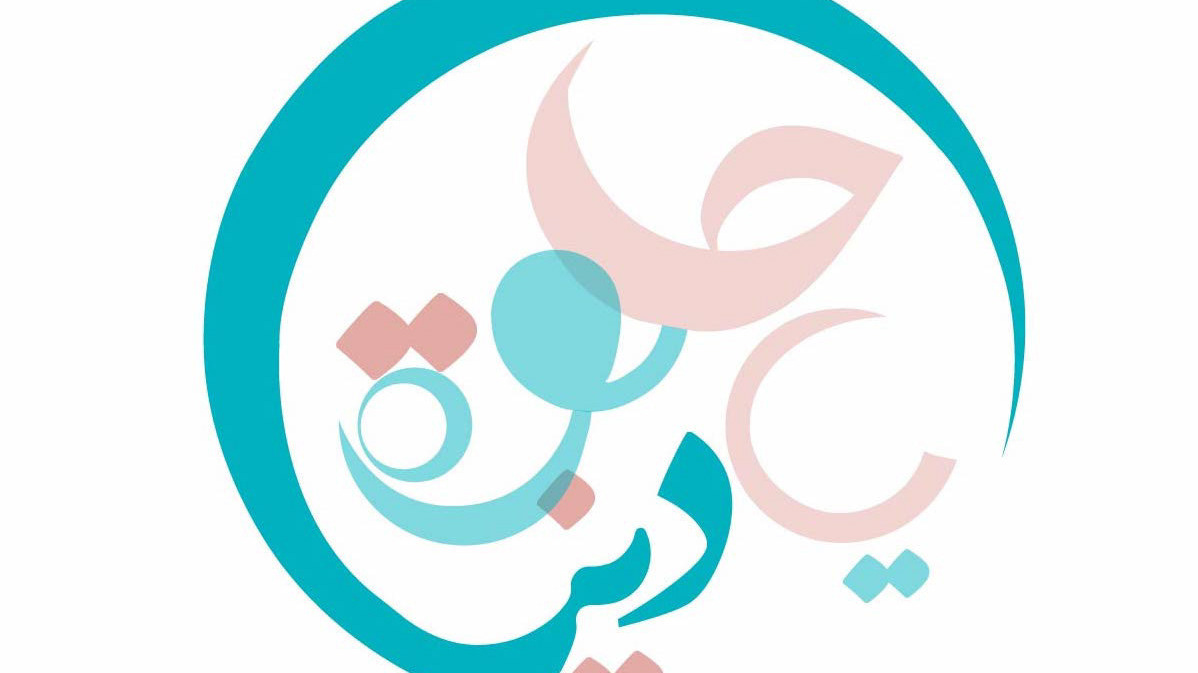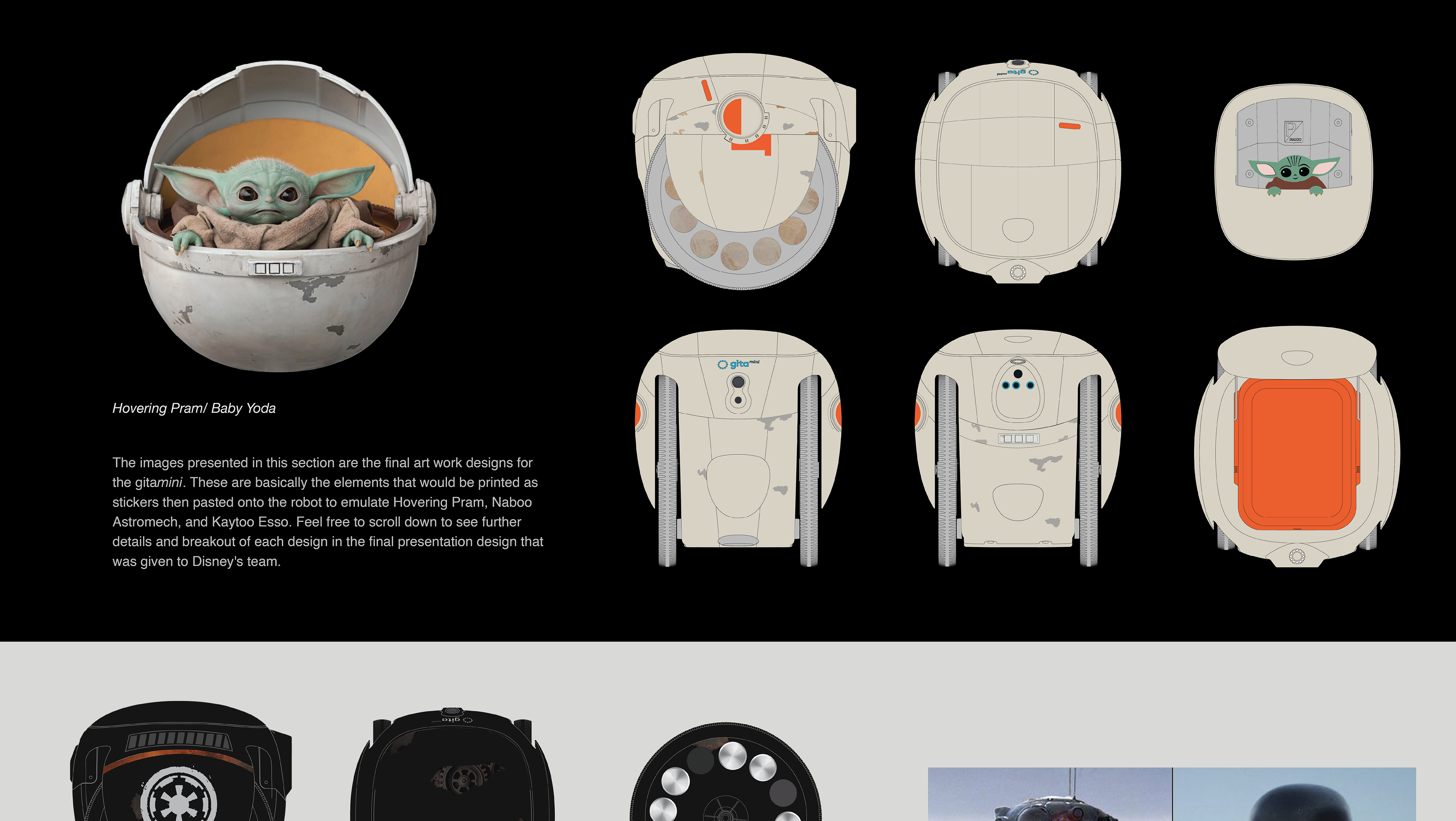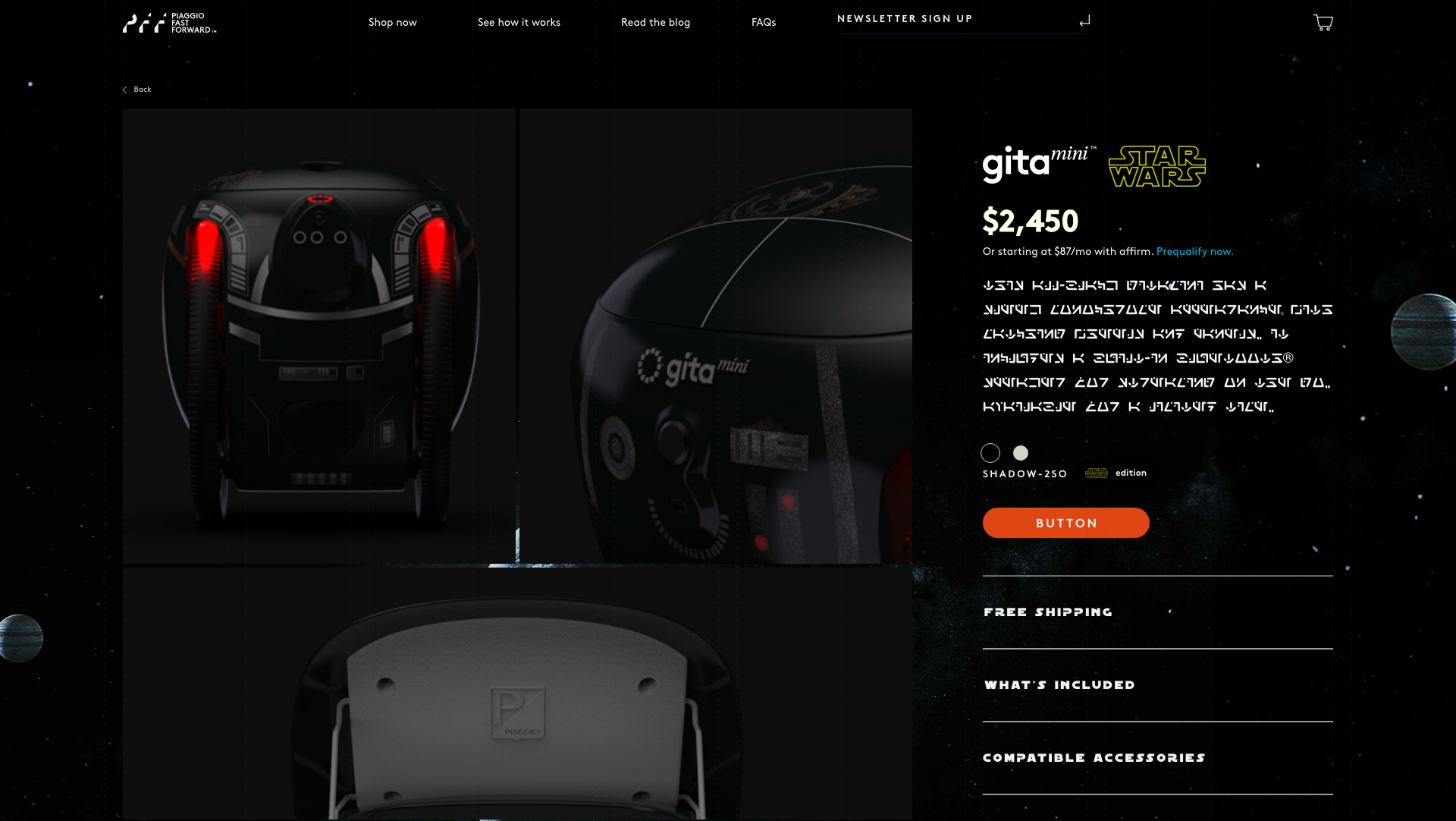Summary & Overview of The Assignment:
This project was for my Design III class at Rhode Island School of Design.
This project was for my Design III class at Rhode Island School of Design.
The project can be broken down into four phases: Gathering. Analyzing. Classifying. Publishing.
Phase 1: Gathering
*We were asked to collect images from the Public Domain Resource website - which served as a starting point for an abundant search for images that spoke to us. We were expected to collect minimum 55 digital images and 15 physical ones. I ended up collecting 70+ images in total in my first process of collecting images for my archive.*
Initial Digital & Physical Images Collection
Initially, I was interested in this intangible relationship between space, time, and humans; how we interrupt and make up space and how we unconsciously project our subjectivity to the space around us. This broad theme has so many subfolders to it, so I decided to get specific.
I stumbled upon an article about NASA’s project to place 10,000 homes on the moon which they referred to as “space colonies”. The use of the word “colonies” in this context raised a lot of red flags for me; thus, I wanted to focus on re-contextualizing the term, and redefining our historical and physical associations to it.
Phase 2: Analyzing
I started listing the key words that one associates with colonization and those were:
1) Intrusion of space & privacy
2) Law enforcement
3) Prejudice & bigotry
4) Invasion
From there I started thinking of places that hold similar ideologies which lead me to thinking of technology and the digital world. I began considering my personal experience with digital space and being hyperlocal, so like most people I started my research with Google...
And interesting enough, when I typed in “arab colo” I immediately got the results “arab colonization” in Google's search. While if when I typed in “western colo” “google colo” I got “western Colorado university” and other unrelated results to "colonization". After this personal experience, I realized the need for me to focus on this notion of Web Colonization. More images were collected and added to my archive to support my new message.
Phase 3: Classifying
* for this part of the assignment we were asked to create an "inclusion poster" and an "exclusion poster". In our inclusion poster, we choose the images from our archive that relate and highlight our focal focus/ project theme. As for our exclusion posters they need to include the images we've collected but haven't used in our inclusion poster. After that, we're expected to create one "annotated inclusion poster" and one "annotated exclusive poster". Our annotated posters need to reflect our thoughts and kind of help the viewer understand the message being addressed. We're also reconfiguring what "annotation" means. I ended up with two annotated exclusion posters and one inclusive poster.*
To summarize:
For the layout and composition of my posters, I wanted to design it based on the "Salvation Army Social Campaign" poster which was made around the time when England was going through its "darkest age". I found this poster in an article which spoke about General Booth's belief that Englands salvation can be attained by colonizing Africa. Booth believed that Africa was also going through a "dark age"; the similarities that both nations shares validates England's desire to invade Africa and rescue it from its "darkness". The context of the poster and the article it was linked to highlight the colonizer's obsession with the unknown and desire to invade, intrude, and enforce power. The at Language shapes a great part of colonization. In my posters and publication, I’m adapting the language of the colonizer, and altering it to voice my own opinion.
My final Inclusion and Exclusion Posters - Inclusion Poster (right) - Exclusive Poster (left)
*I wanted my posters to be a visual discourse on colonization.*
Inclusion poster: Digital colonization.
I wanted to convey the pillars of colonization & showcase how many times we’re faced with invasion of our privacy, law enforcement, and intrusion into our personal space. Which is why I included screenshots of notifications that we get from these apps (google, Facebook, amazon, etc.)The original poster had a “Key to the Chart” section at the bottom of its poster. So, I replaced it with text from “terms and conditions” in my poster to link back to web colonization as well as changing the language of that space in the original poster, to one that is better catered to represent this project.
My Final Annotated Posters - Exclusion Posters are on either side while the Inclusion Poster is in the middle
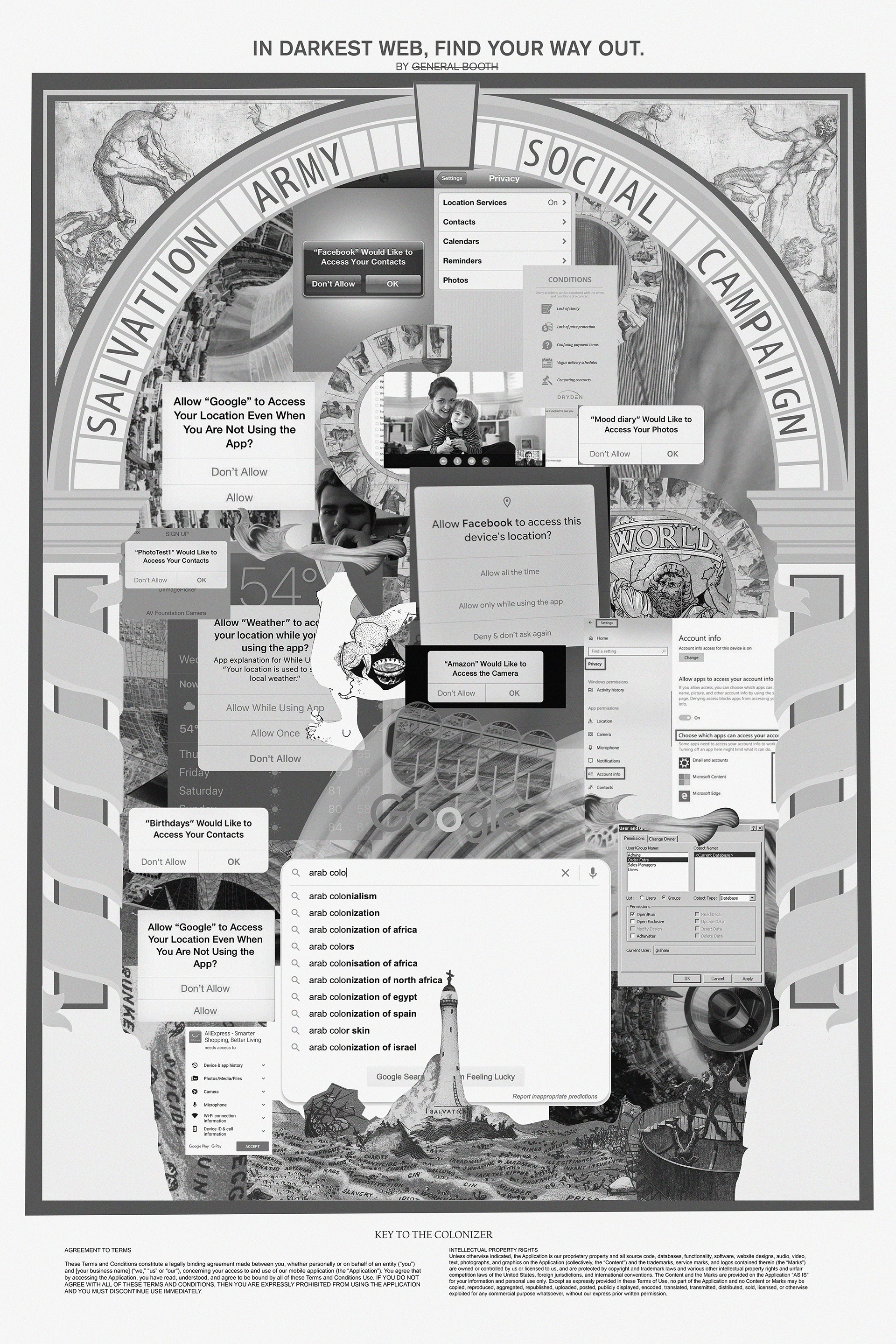
Inclusion Poster
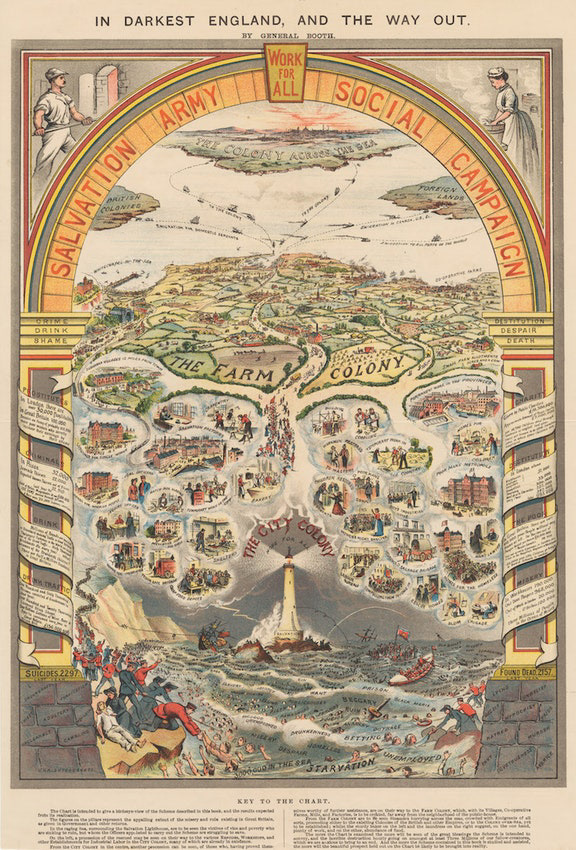
Reference Image

Exclusion Poster
Phase 4: Publishing
Final product: Technology isn’t this utopian world; I want to underline the darker tones of this progression in technology by creating a plug-in that highlight’s web colonization through language. It stems from my personal experience with Google. When I attempted to screen record Google’s welcome page on my iPhone, the screen record app was blocked due to: “attempted to start an invalid broadcast session”. I was able to record it on the fourth trial, and in that screen record I captured the kind of language & user interface experience catered by Google. The plug in aims to raise awareness about Google’s design elements, use of language, and hierarchy in their search engine’s algorithms. It also serves as a platform for me to reclaim that space. The plug in and video exhibit my intention to reclaim authority over the tools used to navigate us, to navigate their tactics. I used the search engine as a space for me to speak my voice and create a personal conversation with the observer about my personal experience with Web Colonization.
Publishing Format:
I chose to share this plug-in via email. I created a sign-in alert mockup; the design and format of the email is exactly identical to a legitimate sign-in alert that one receives from Google/Gmail. In the email section, I placed each of my fellow classmates and professors email to make it more viable. When they click on the button it directs them to a google drive that holds the video of my mockup; and that's how they can access it :) Again, reclaiming the colonizers space and language; exposing their malicious behavior and tactics.
